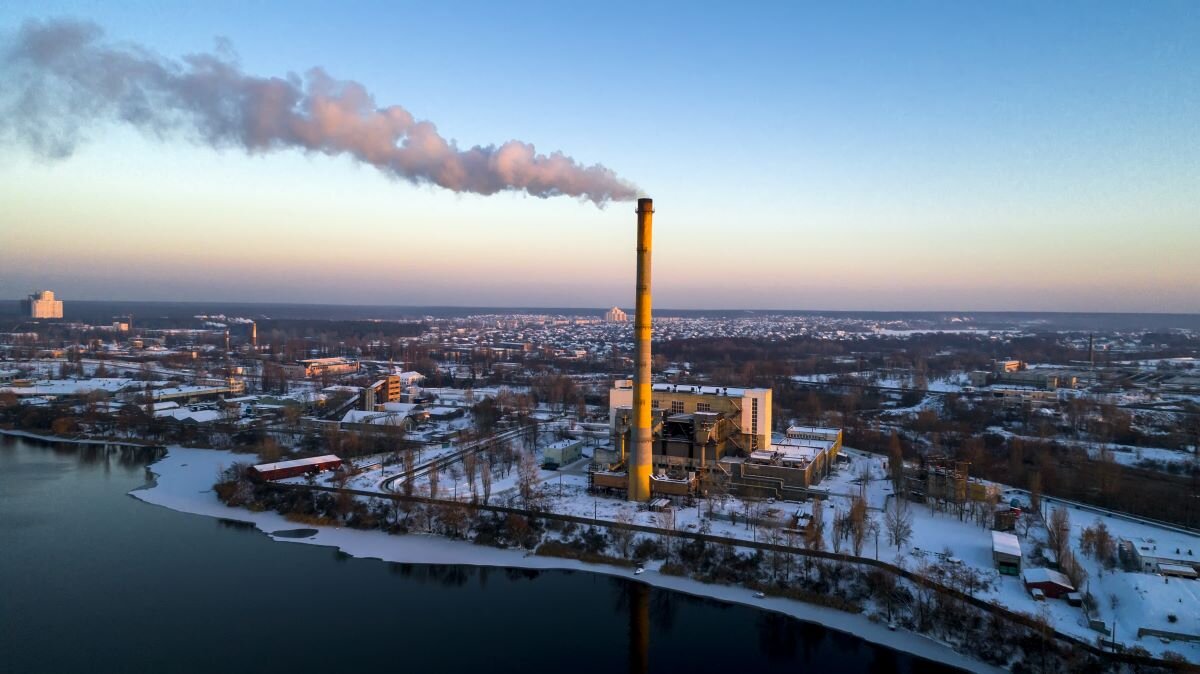
How Bio-Based Superabsorbent Polymers Reduce Plastic Waste and Microplastics
Reducing Plastic Waste and Microplastics with Bio-Based Superabsorbent Polymers
March 11, 2025
4 minutes
Hygiene
By Sierra Cotton
test1How Bio-Based Superabsorbent Polymers Reduce Plastic Waste
Introduction
Plastic waste and microplastic pollution have become global environmental crises, impacting ecosystems, water quality, and human health. Superabsorbent polymers (SAP) are widely used across various applications, particularly in hygiene products such as diapers and period care products. While superabsorbent polymers provide critical performance benefits, their petroleum-based origins and non-biodegradability contribute to plastic pollution.
The Problem with Traditional Superabsorbent Polymers
Petroleum-Based Origins and Environmental Impact
Most superabsorbent polymers today are derived from fossil fuels, making them non-renewable and a contributor to greenhouse gas emissions. These synthetic polymers are designed for maximum liquid absorption but lack biodegradability, meaning that once discarded, they persist in landfills for centuries. Given the increasing strain on global landfill capacities, the long-term accumulation of superabsorbent polymer-based hygiene products is a major sustainability challenge.
Hygiene products, including diapers and sanitary pads, contain superabsorbent polymers embedded in nonwoven plastic layers, posing challenges to the recycling process unless the superabsorbent polymers that are swollen with waste are removed, a costly and economically unfeasible process. As a result, billions of products end up in landfills or incinerators each year, exacerbating environmental pollution.
Microplastics Generation and Contamination
Over time, petroleum-based superabsorbent polymers degrade into microplastics, which are tiny plastic particles that contaminate soil, waterways, and may enter the food chain. These microplastics are now found in oceans, drinking water, and human bloodstreams, raising serious health concerns. The persistence of microplastics in the environment poses long-term risks, with scientific studies linking them to endocrine disruption, inflammatory diseases, and ecosystem imbalance.
Global Scale of the Issue
With billions of hygiene products and other superabsorbent polymer-containing products discarded annually, the need for sustainable alternatives has never been more critical. Regulatory bodies and consumers alike are demanding eco-friendly solutions.
Landfill Diversion and Greenhouse Gas (GHG) Reduction Potential
An often-overlooked environmental issue is the methane emissions from diapers in landfills. As these products break down, they emit methane, a potent greenhouse gas with a Global Warming Potential (GWP) 28 times greater than CO2. Diverting diapers and similar products from landfills by redirecting them to anaerobic digestion or composting could significantly mitigate GHG emissions. When composted, these products break down into CO2 instead of methane, leading to substantial GHG savings. This process mirrors the benefits of food composting and biodegradable plastics, where diversion from landfills results in a lower carbon impact and contributes to sustainable waste management.
How Bio-Based Superabsorbent Polymers Offer a Sustainable Alternative
What are Bio-Based Superabsorbent Polymers?
Bio-based superabsorbent polymers are derived from renewable, plant-based feedstocks. These materials replace fossil-derived components with bio-based chemistry, making them a viable, scalable alternative to synthetic superabsorbent polymers.
Reducing Plastic Waste
Bio-based superabsorbent polymers are designed to deliver the same high-performance absorption and retention as traditional superabsorbent polymers while being biocompatible and environmentally friendly.
Eliminating Microplastic Pollution
One of the most significant advantages of bio-based superabsorbent polymers is their inherent biocompatibility, preventing microplastic formation. Unlike traditional superabsorbent polymers that fragment into smaller plastic particles over time, bio-based superabsorbent polymers decompose into natural materials without leaving behind harmful residues, preserving soil health and water quality. This shift is crucial for protecting marine life, agriculture, and human health from the long-term effects of microplastic contamination.
Enabling a More Sustainable Supply Chain
Beyond waste reduction, bio-based superabsorbent polymers help companies lower their Scope 3 emissions, the indirect greenhouse gas emissions generated throughout their supply chain. Traditional superabsorbent polymers rely on petroleum-derived inputs, which contribute significantly to carbon emissions during extraction, refining, and transportation. By switching to bio-based superabsorbent polymers, businesses can reduce their reliance on fossil fuels, improving their sustainability metrics and helping them achieve carbon reduction goals.
Alternative Waste Removal Pathways and Versatile Sustainability Solutions
Bio-based superabsorbent polymers not only offer a more sustainable material but also provide alternative waste removal pathways that align with eco-friendly disposal methods. These polymers are compatible with multiple end-of-life solutions, such as:
Composting: The most sustainable option, where bio-based SAPs break down into natural, non-toxic substances, reducing landfill dependency and contributing to healthy soil.
Anaerobic Digestion: In some cases, bio-based SAPs can be processed via anaerobic digestion, a waste treatment process that converts organic waste into biogas (methane) and digestate, which can be used as fertilizer. This process helps divert waste from landfills while also generating renewable energy.
Mechanical Recycling: While still emerging, certain bio-based polymers may be compatible with mechanical recycling processes, where they are broken down and reprocessed into new materials, thus contributing to a circular economy.
Incineration: If incinerated, bio-based superabsorbent polymers release CO2, which, unlike methane from petroleum-based polymers, does not have the same severe global warming potential, further lowering their carbon footprint.
Landfill Degradation: Even if bio-based SAPs end up in landfills, they remain biodegradable. Unlike traditional synthetic polymers, which persist for centuries, bio-based SAPs break down over time, ensuring that they do not contribute to long-term landfill waste or generate harmful microplastics.
This versatility in waste management helps address a range of disposal challenges and offers businesses flexibility in meeting their sustainability goals. By incorporating bio-based SAPs into their supply chains, companies can enhance both environmental outcomes and their overall waste management strategies.
Conclusion
The transition from petroleum-based superabsorbent polymers to bio-based superabsorbent polymers is an important step in reducing plastic waste and microplastic pollution. As landfill constraints grow and incineration is restricted and regulatory demands increase, manufacturers must prioritize sustainable innovations to future-proof their products.